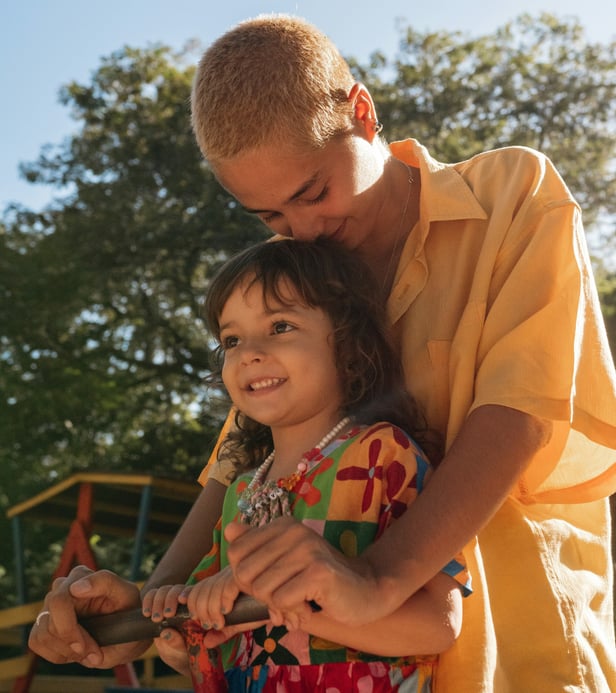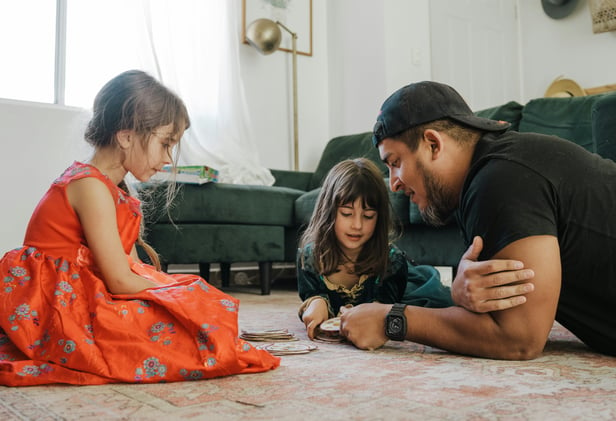Trauma informed care
Managing challenging behaviours with kindness and understanding
Positive behaviour support
PACE model
The PACE model was developed by Dan Hughes, a specialist in attachment and childhood trauma. It is a framework for how to communicate and behave so the young person feels safe. When they feel safe, they have the space to explore their feelings and behaviours in a supported way.
-
P
"P" is for playfulness
Playfulness helps lighten the mood. Encouraging joy, it creates a sense of hope that no problem is too big to work through together. It builds trust, diffuses tension and creates a safe atmosphere. Too often, young people in care are only met with seriousness. Keep in mind that playfulness is about being a little silly. It’s about your tone and body language. It is not making light of a situation or teasing.
-
A
"A" is for acceptance
Show the young person that you accept them unconditionally for who they are, even when their emotions or behaviour are challenging. Be interested in their life and the way they think, but don’t judge them. Be their place of safety and calm. Acceptance doesn’t mean condoning the behaviour. It helps bring less defensiveness to a situation, and helps you find a more positive solution together.
-
C
"C" is for curiosity
Wonder with the young person. Ask why without expecting them to know the answer. Give the young person a non-judgemental, open and engaged listening ear and explore the why together. Being curious shows that you care and are interested in their thoughts, feelings and beliefs. Curiosity allows the young person to feel seen, heard and understood.
-
E
"E" is for empathy
Take the time to imagine what it’s like to be in the young person’s situation and respond kindly to their emotional experience. Stand alongside them through distress or excitement. Often, we jump into problem solving mode. Empathy is about being and feeling together, not jumping straight to a solution. It helps us to explore and resolve experiences of fear and shame.

Breaking the conflict cycle
The way we respond in a challenging situation is an important factor in a young person's ability to de-escalate.
- Use positive self talk. Recognise your own feelings, but stay focused on the young person's needs.
- Listen to and validate their feelings
- Reduce noise and input, removing others or yourselves from the space
- Co-regulate by keeping your body language open, your breathing slow and deep
- Calmly give the young person choices and time to decide what to do next
- Redirect them to a positive and achievable activity
- Point out the positive results when they behave appropriately
- If there is no immediate danger, let your expectation go for now, and revisit when they are calm

Mindfulness
Mindfulness can be used to improve the young person’s emotional regulation. It can assist with various difficulties including self-harm and sleep. Listen to mindfulness tracks together when the young person is feeling anxious or at bedtime.